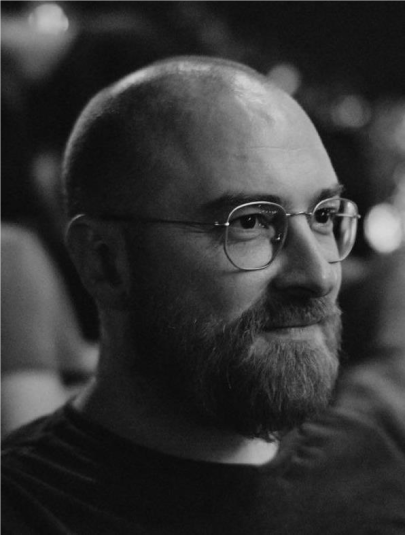Michael ReraAdaptation biologique et vieillissement (B2A) - CNRS / Sorbonne Universités
Mes recherches
My research combines mathematical modeling, philosophy, engineering, molecular biology and genetics to understand what aging is all about. After a thesis (2007-2010) at the University of Paris 7 supervised by Hervé Tricoire, I completed a postdoc (2010-2013) as part of David W. Walker's team at UCLA, USA. I was recruited as a CR2 CNRS in 2013 in the "Functional and Adaptive Biology" unit at the University of Paris 7.
Thanks to the ATIP-Avenir award in June 2017, I was able to create my "Understanding The End of Life" team at Sorbonne University in January 2018.
With the help of Celine Cansell (postdoc) and Flaminia Zane (PhD student), we are studying the metabolic changes that accompany the end of life in Drosophila and mice, and are trying to identify key regulators of the aging process.
Mon projet ATIP-Avenir
Improving healthspan through understanding the molecular events preceding death
UTELife
In 2011, I showed that aging, unlike the classic linear and progressive vision of the latter, consists of at least two distinct phases separated by a brutal transition that I named the Smurf transition. This transition, easily identifiable in vivo by a dye passing through the intestinal barrier only in individuals committed to death - i.e. physiologically elderly - allows us to study the effects of chronological age (time) and physiological age separately. We were able to show the evolutionary conservation of this aging modality and use it to develop a new mathematical model describing the survival curves of both flies and humans. In collaboration with Marie Gaille (DR2 CNRS), we question the ethical and social implications of the application of this work to humans and seek to identify the mechanisms responsible for this brutal transition, to counter or even reverse them.
Finally, we use these tools to develop early biomarkers of natural increase in the risk of death.
